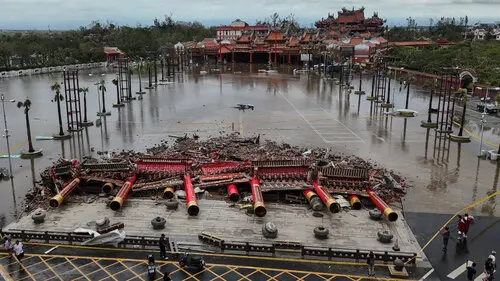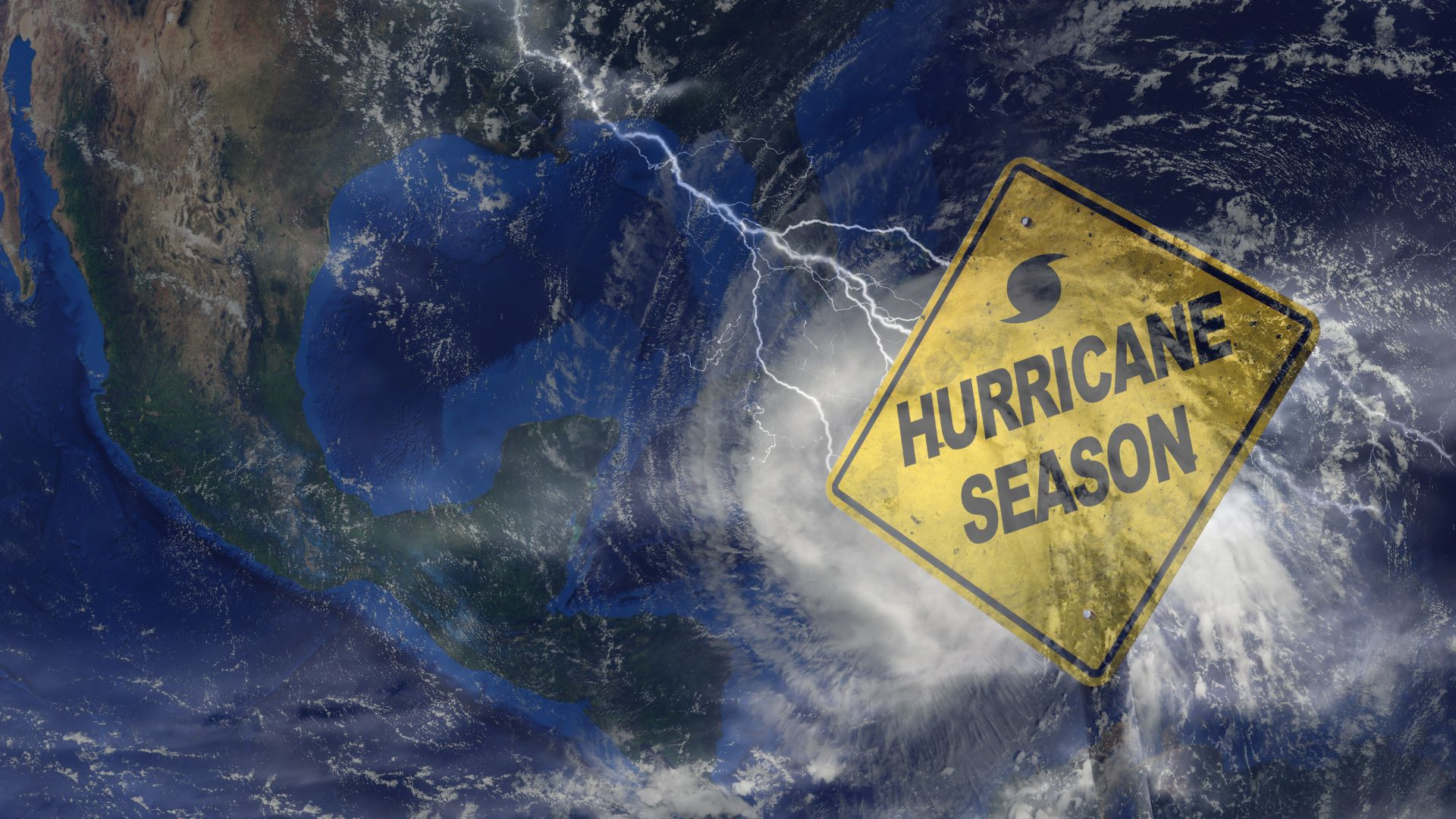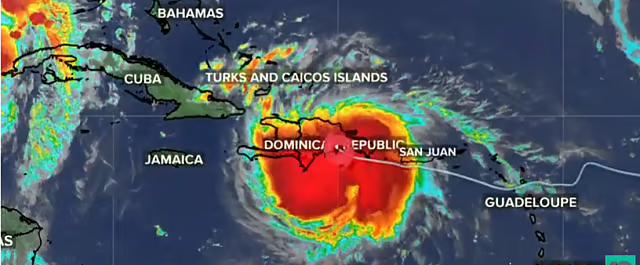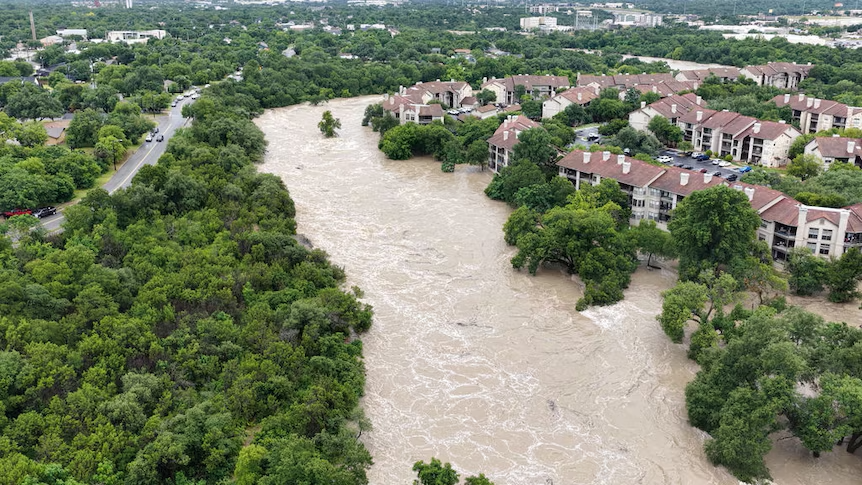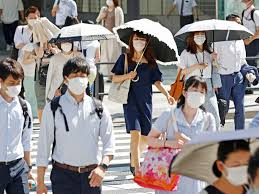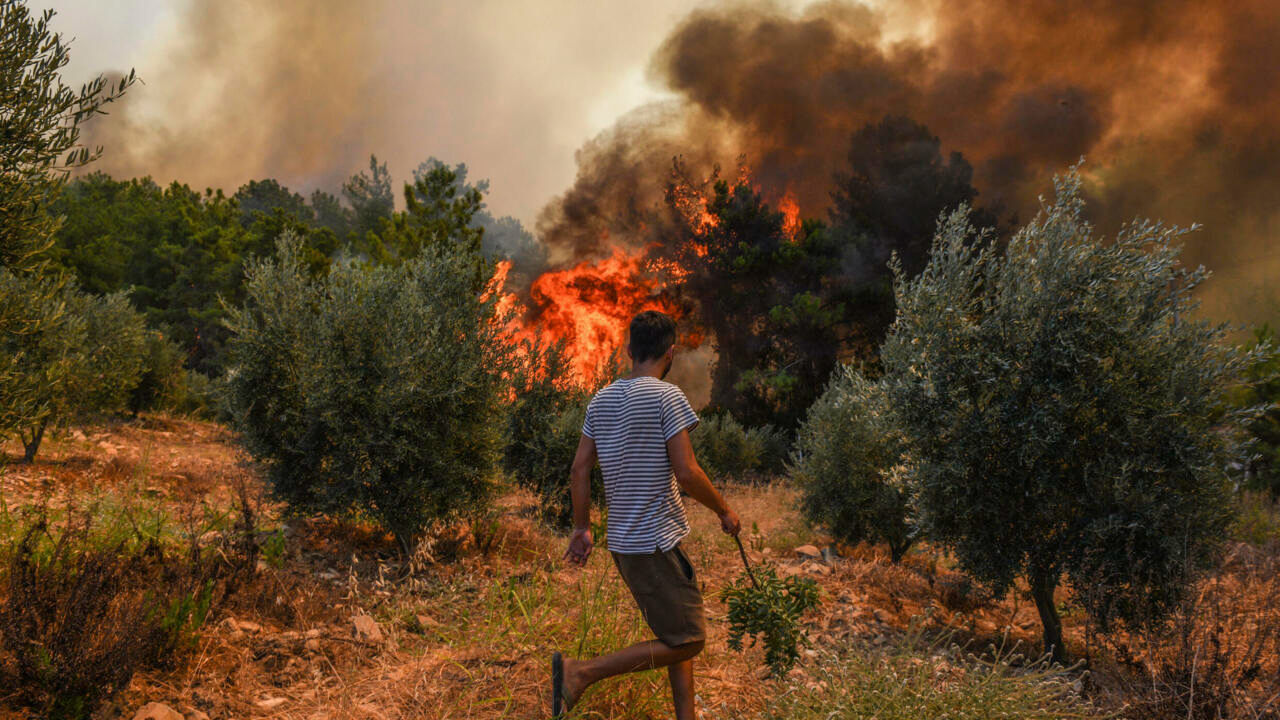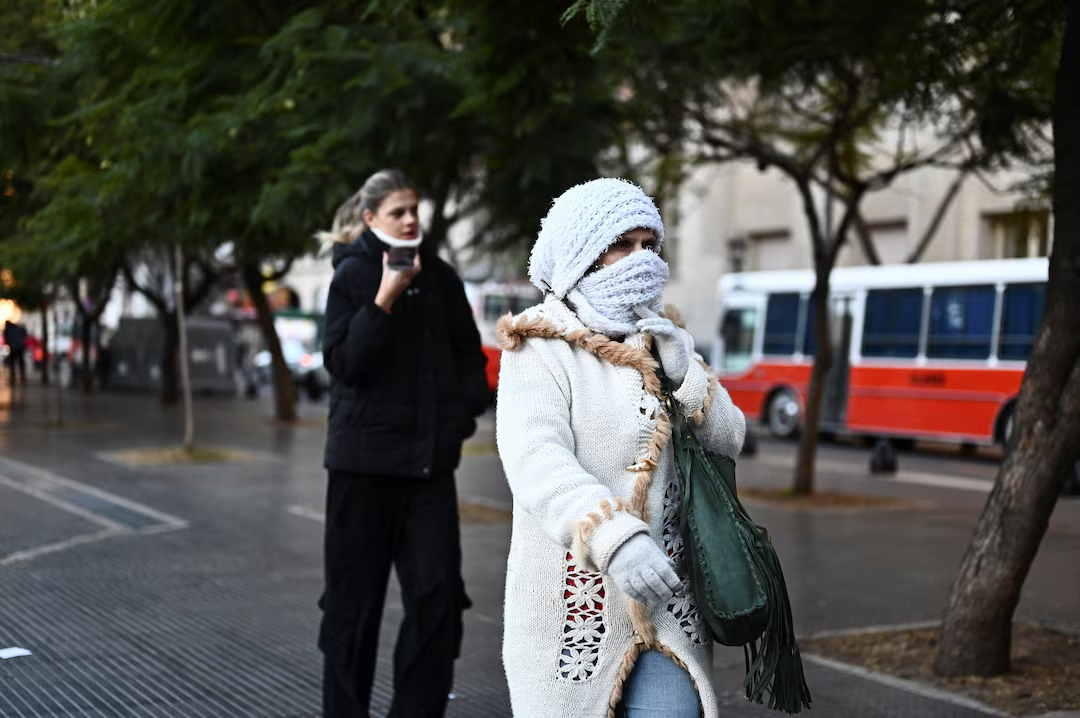
Climate Extremes Split the Globe Europe Battles Wildfires While South America Endures Deep Freeze
In a dramatic example of climate volatility, Europe and South America are simultaneously grappling with opposing extreme weather events Europe is enduring a record breaking heatwave and wildfire outbreak, while South America is being struck by a severe and unseasonal cold snap. Scientists say the stark contrast in weather across hemispheres underscores growing concerns about the instability of Earth’s climate systems due to global warming.
Europe Engulfed in Heat and Wildfire Crisis
As July intensifies, southern and central Europe are sweltering under temperatures exceeding 44°C (111°F), triggering wildfires from the Iberian Peninsula to the Balkans. Countries like Spain, Greece, Italy, and France are experiencing what experts are calling “the most intense early summer heatwave in recent memory.”
In Spain, over 8,000 hectares of forest have burned in Catalonia and Andalusia. Italy has declared emergency states in Sicily and Sardinia as fast moving fires approach populated areas. Greece has evacuated hundreds from the islands of Rhodes and Crete amid blazes fueled by strong winds and bone dry vegetation.
The European Union has deployed firefighting aircraft and coordinated cross border assistance through its RescEU program, but many regions remain overwhelmed. Hospitals have seen a surge in heatstroke and respiratory cases, and infrastructure from power grids to railways is under significant strain.
“This is not just a bad summer,” said Dr. Elena Tsopou, a Greek climate researcher. “This is climate transformation in real time. The wildfires are faster, larger, and harder to contain than ever before.”
South America Gripped by Historic Polar Freeze
Meanwhile, in the Southern Hemisphere, South America is enduring a deep, early season cold snap that has brought snowfall, frost, and freezing temperatures to regions far beyond their typical winter patterns.
In Argentina, Patagonia saw temperatures plummet to 15°C (5°F), while even Buenos Aires experienced icy mornings and frost covered roads rare for the coastal capital. Chile’s agricultural regions have been hit hard, with emergency frost alerts affecting wine and citrus harvests. Several transport routes in the Andes have been closed due to heavy snow, stranding cargo trucks and disrupting supply chains.
Southern Brazil, particularly the state of Rio Grande do Sul, has reported snowfall in low altitude towns and nighttime lows approaching 7°C (19°F). Schools were shut, and emergency shelters were opened for vulnerable populations.
“This cold wave is earlier and stronger than expected,” said Luiz Gonçalves, a meteorologist at Brazil’s INMET. “It reflects a deepening shift in polar air circulation likely intensified by the warming of the Southern Ocean and Antarctic disruption.”
Scientific Concern Over Simultaneous Extremes
The dual crises fires in the north and frost in the south are more than seasonal anomalies. Climate scientists point to a growing trend of simultaneous extreme weather events, often occurring in opposing hemispheres and driven by disruptions in the jet streams and oceanic patterns.
Dr. Valeria Cordero of the World Meteorological Organization explained, “We’re seeing what’s known as atmospheric ‘wavenumber amplification,’ where air currents get stuck or stretched, creating stagnant systems that cause persistent heat or cold. These blocking patterns are becoming more frequent with climate change.”
The ongoing El Niño phenomenon is also playing a role warming ocean temperatures in the Pacific are contributing to altered wind patterns and shifts in storm systems globally, intensifying heat in Europe while enhancing cold surges in South America.
Human and Economic Impacts Mount
Both continents are facing mounting humanitarian and economic costs
Europe Tourism has taken a hit as wildfires encroach on resort areas in Spain and Greece. Power demand for air conditioning has strained electrical grids, and agricultural losses from heat stress are expected to be severe.
South America Farmers in Argentina and Chile are reporting crop failures due to frost damage. In poorer rural areas, the cold has led to increased health risks, especially among the elderly and homeless.
Governments are mobilizing emergency resources, but aid agencies say more proactive planning is needed. “We’re in reactive mode,” said Santiago Ruiz, a disaster relief coordinator in Argentina. “With climate like this, we need a year round strategy.”
Global Lessons from a Split Planet
As wildfires burn through Mediterranean forests and polar winds chill the Pampas, the dual events are a vivid reminder that climate change manifests in extremes, not uniform warming. The world is not just getting hotter it’s getting more volatile, unpredictable, and dangerous.
Experts call for urgent international cooperation on climate adaptation, emphasizing shared tools for wildfire management, cold weather emergency planning, and early warning systems powered by AI and satellite monitoring.
“Climate isn’t local anymore,” said Dr. Hélène Dufresne, an environmental policy analyst. “What happens in one hemisphere affects the other. These dual extremes are warning signs we must take seriously.”
As communities across Europe and South America confront fire and frost, the message from nature is loud and clear the climate is no longer stable, and the time to prepare is now.
Related Post
Popular News
Subscribe To Our Newsletter
No spam, notifications only about new products, updates.

